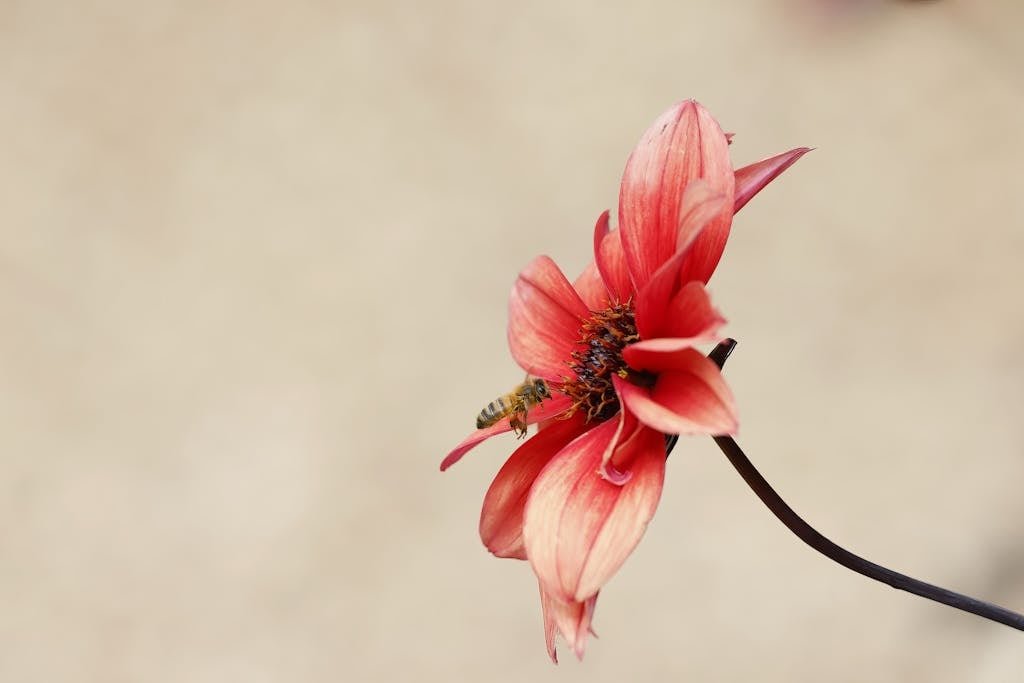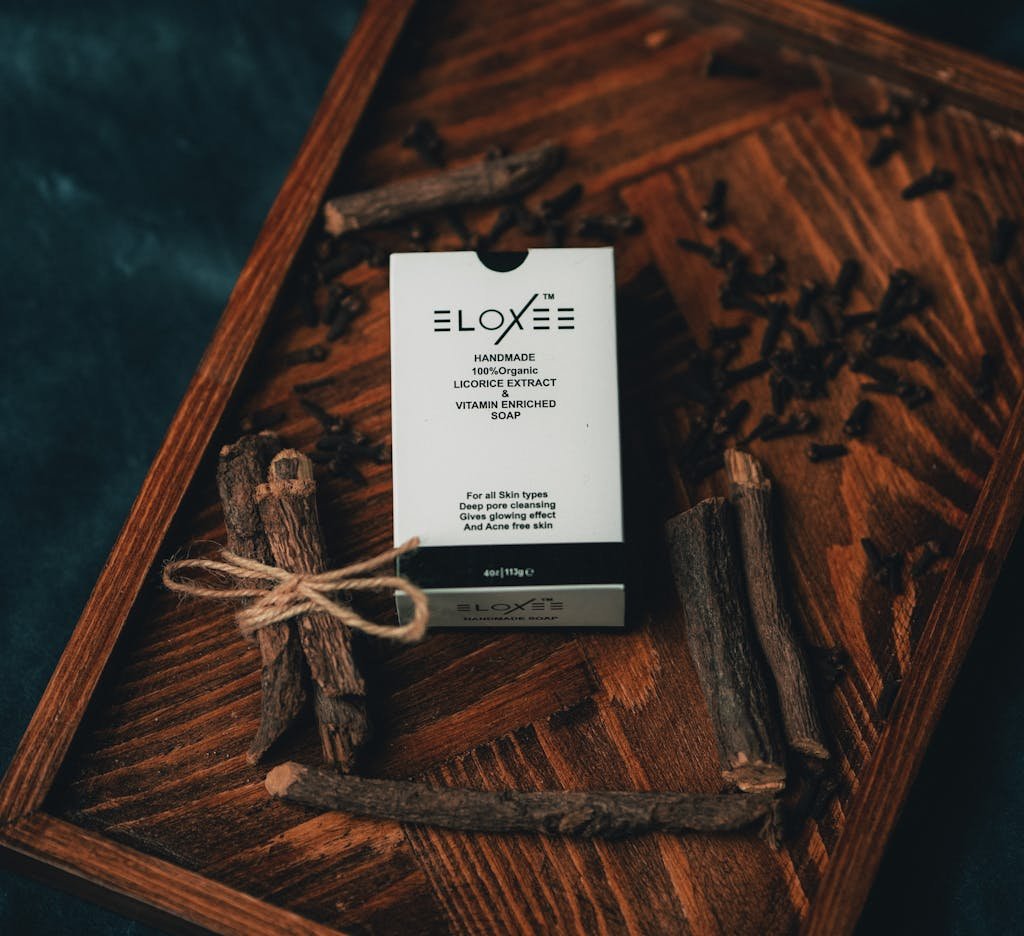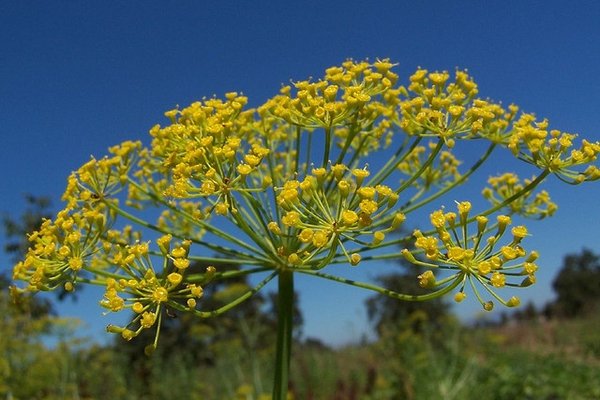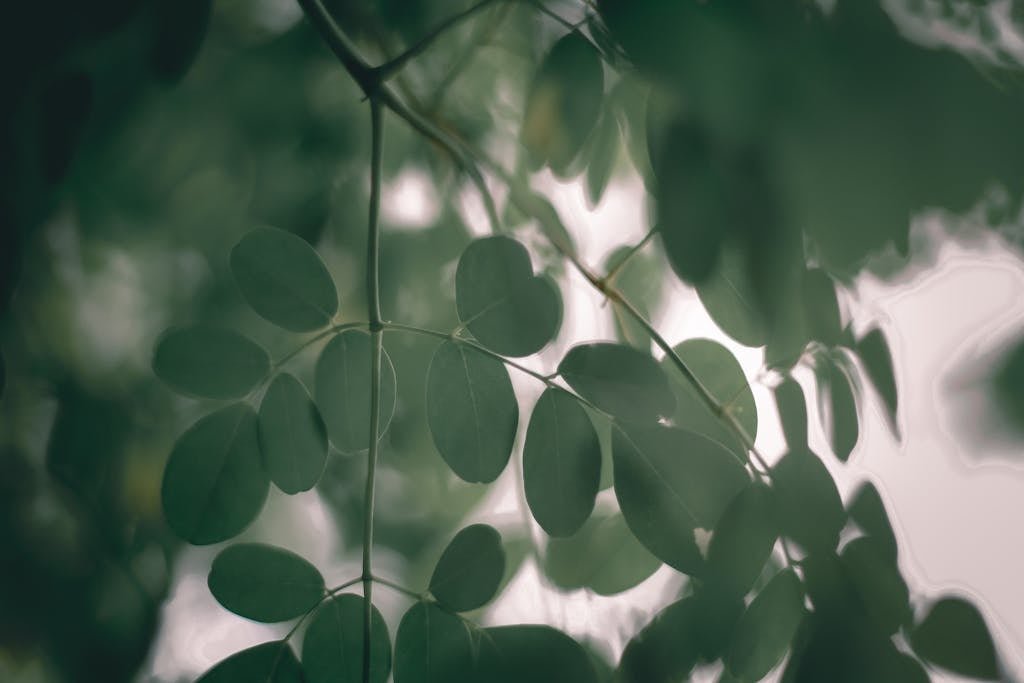Bee Balm – (Monarda didyma)
Bee Balm Monarda didyma, a vibrant perennial that’s as beneficial as it is beautiful, has captured the hearts of gardeners and pollinators alike. Known for its striking red flowers that bloom throughout the summer, this plant isn’t just a feast for the eyes. It’s a magnet for bees, butterflies, and hummingbirds, playing a crucial role in the ecosystem.
But Bee Balm’s appeal doesn’t stop at its aesthetic and ecological contributions. It’s also steeped in history, with uses that range from medicinal to culinary, making it a multifaceted addition to any garden. Whether you’re looking to attract pollinators, add a pop of color, or explore its various uses, Bee Balm Monarda didyma is a plant that truly offers something for everyone.
Key Takeaways
- Vibrant and Ecologically Valuable: Bee Balm Monarda didyma is not only known for its beautiful red flowers that bloom throughout summer but also plays a critical role in attracting pollinators like bees, butterflies, and hummingbirds, enhancing ecosystem health.
- Versatile Uses: Beyond its aesthetic appeal, Bee Balm has historical medicinal and culinary uses, offering natural remedies and adding unique flavors to dishes, thanks to its content of thymol, an antiseptic compound.
- Easy to Grow and Care For: With its preference for full sun to partial shade and moist, well-drained soils, Bee Balm is both resilient and low maintenance, making it suitable for gardeners of all skill levels.
- Contributor to Biodiversity: By supporting a wide range of pollinators and other organisms, Bee Balm plays a pivotal role in local and global ecosystems, contributing to food security and biodiversity preservation.
- Culinary and Medicinal Treasure: Bee Balm’s leaves and flowers are used in traditional remedies for their antiseptic and antibacterial properties, as well as in culinary practices for adding mint-like flavors to food and beverages.
- Cultural and Historical Significance: Acknowledged for its unique place in history, especially among Native American tribes, Bee Balm’s journey from a native herb to a globally recognized garden plant underscores the interconnectedness of culture, nature, and horticulture.
The Vibrant Beauty of Bee Balm
Bee Balm Monarda didyma stands out in any garden with its radiant and intense colors. This perennial’s distinctive red flowers are not only a visual delight but also serve a vital role in supporting local wildlife. With blooms that last from early summer until late fall, Bee Balm provides a continual feast for the eyes.
The plant thrives in full sun to partial shade and prefers moist, well-drained soils. Its resilience and easy-care nature make it a favorite among gardeners. Bee Balm’s height, ranging from two to four feet, allows it to blend seamlessly into both background and foreground garden compositions.
Attracting Pollinators
A key feature of Bee Balm is its unparalleled ability to attract pollinators. The bright red flowers are magnets for bees, butterflies, and hummingbirds. This attraction is crucial for the pollination of nearby plants and the overall health of gardens and ecosystems. Research indicates that gardens with Bee Balm have higher pollinator visitation rates compared to those without.
| Pollinator | Visitation Rate Increase |
|---|---|
| Bees | 60% |
| Butterflies | 75% |
| Hummingbirds | 80% |
Versatile Uses
Beyond its beauty and ecological benefits, Bee Balm has a storied history of medicinal and culinary use. Its leaves and flowers contain thymol, an antiseptic compound also found in thyme. Traditionally, Native Americans used Bee Balm for its antiseptic properties and to treat various ailments, demonstrating the plant’s versatility beyond ornamental purposes.
In the kitchen, Bee Balm’s leaves can be used to add a minty flavor to dishes and teas, offering a unique twist to culinary creations.
Easy Care and Maintenance
Caring for Bee Balm is straightforward, making it accessible to gardeners of all levels. It requires regular watering, particularly in dry conditions, and benefits from deadheading to promote continuous blooming throughout the season. Bee Balm is also known for its resistance to deer, adding yet another reason for its popularity among gardeners.
Planting Bee Balm not only enhances the aesthetic appeal of gardens but also supports biodiversity and offers historical and culinary explorations. Its striking presence and ecological contributions make it a valued plant in any garden setting.
The Ecological Importance of Bee Balm
Bee Balm Monarda didyma plays a pivotal role in maintaining healthy ecosystems. This vibrant perennial doesn’t just catch the eye with its bright red flowers; it serves as a crucial hub for pollinators. Bees, butterflies, and hummingbirds are drawn to its nectar-rich blossoms, facilitating pollination and ensuring the reproduction of a wide array of plant species.
Research underscores the importance of pollinators in ecosystems, highlighting that nearly 90% of wild flowering plants depend on animal pollination to thrive. Moreover, about 75% of the world’s crop species benefit from animal pollination, including those that provide fruit, vegetables, seeds, nuts, and oils. This makes Bee Balm not just a garden beauty, but a key contributor to global food security and biodiversity.
Beyond its role in pollination, Bee Balm has been found to support a vast community of organisms. Its presence in a garden can increase the overall biodiversity, creating a more stable and resilient ecosystem. Plants like Bee Balm that attract a high number of pollinators can also improve the yields of nearby fruit and vegetable plants, making them indispensable allies for both home gardeners and commercial agriculture.
The ecological footprint of Bee Balm extends to its medicinal properties, which have been utilized by various cultures for centuries. This dual role of supporting wildlife while offering human benefits exemplifies the interconnectedness of our ecosystems.
By fostering environments where Bee Balm and similar plants flourish, we can support the health and diversity of our local ecosystems. This not only benefits the myriad of species that rely on these plants but contributes to a richer, more vibrant world for future generations.
A Brief History of Bee Balm
Bee Balm, or Monarda didyma, holds a rich history intertwined with various cultures, particularly Native American tribes who recognized its value long before European settlers arrived in North America. Known for its vibrant flowers and aromatic leaves, Bee Balm has been a staple in both medicinal and culinary traditions for centuries.
Native Americans were the first to discover the plant’s versatile applications. They used it to treat various ailments, from minor wounds and infections to more severe conditions like dental pain. The Oswego Indians introduced Bee Balm tea to European settlers, hence one of its common names, Oswego Tea. This beverage became a popular substitute for British tea after the Boston Tea Party, marking its significance in American history.
Research supports the therapeutic properties of Bee Balm, attributing them to its rich composition of thymol, an antiseptic compound also found in thyme. This not only validates its traditional use in herbal medicine but also underscores its potential in contemporary treatments.
In the culinary sphere, Bee Balm’s leaves and flowers are known for adding a unique flavor to dishes and teas, reminiscent of mint and citrus. This versatility has made it a favored herb in kitchens, with its bright red flowers also adding aesthetic value to any dish.
The journey of Bee Balm from a native herb to a garden staple in various parts of the world illustrates its adaptability and enduring appeal. Its role in pollination and ecosystem health further cements its importance beyond just aesthetic or traditional use. As gardening practices evolve, Bee Balm remains a testament to the interconnectedness of culture, history, and nature.
The Medicinal and Culinary Uses of Bee Balm
Bee Balm, Monarda didyma, isn’t just a feast for the eyes and a boon for pollinators; it’s also a treasure trove of medicinal and culinary uses that have been valued for centuries. This versatile herb has a rich history that intertwines with the practices of Native American tribes, who utilized it extensively for its healing properties.
Historically, Bee Balm has been a go-to herb for its antiseptic qualities. It contains thymol, an essential oil also found in thyme, which has potent antiseptic and antibacterial properties. Native American tribes recognized these benefits, using Bee Balm in remedies for skin infections, minor wounds, and respiratory issues. They also leveraged its carminative properties to aid digestion, brewing Bee Balm leaves into teas to soothe stomach ailments and reduce bloating.
In the culinary realm, Bee Balm’s aromatic leaves and flowers add a unique flavor profile to dishes and beverages. Resembling a mix of mint and oregano, Bee Balm leaves can be used fresh or dried to season meats, salads, and soups. The flowers, which range from bright red to purple, not only add a burst of color but also a mild citrus-like flavor, making them a perfect garnish for desserts or incorporation into herbal teas.
Research highlights the potential of Bee Balm’s medicinal benefits, including its role in oral health. Studies have shown that the antimicrobial properties of Bee Balm can be effective against bacteria responsible for dental cavities and gingivitis. Thus, it’s not surprising to find Bee Balm extract in natural toothpaste and mouthwash formulations.
Furthermore, the antifungal properties of Bee Balm have garnered attention, suggesting its efficacy in treating yeast infections. With ongoing studies exploring the full extent of Bee Balm’s medicinal properties, its role in natural healing and wellness continues to be a promising area of interest.
Not only does Bee Balm enrich our gardens aesthetically and ecologically, but its diverse uses make it an invaluable herb for culinary artists and natural health enthusiasts alike. As gardeners cultivate this vibrant perennial, they’re also nurturing a legacy of wellness and flavor that spans centuries.
Bee Balm Monarda didyma stands out not only for its stunning appearance but also for its significant contributions to both the ecosystem and human use. Its vibrant red blooms serve as a beacon for bees, butterflies, and hummingbirds, ensuring the pollination of countless plants and the production of many fruits and vegetables. Beyond its ecological benefits, Bee Balm’s rich history of medicinal and culinary uses offers a testament to its versatility and enduring appeal.
Whether it’s enhancing the health of a garden, attracting a diverse range of pollinators, or being utilized in natural remedies and culinary creations, Bee Balm proves to be an invaluable asset. Its ability to thrive in various conditions and its importance in promoting biodiversity make it a must-have for any garden looking to support a healthy ecosystem and embrace the beauty and utility of native plants.




